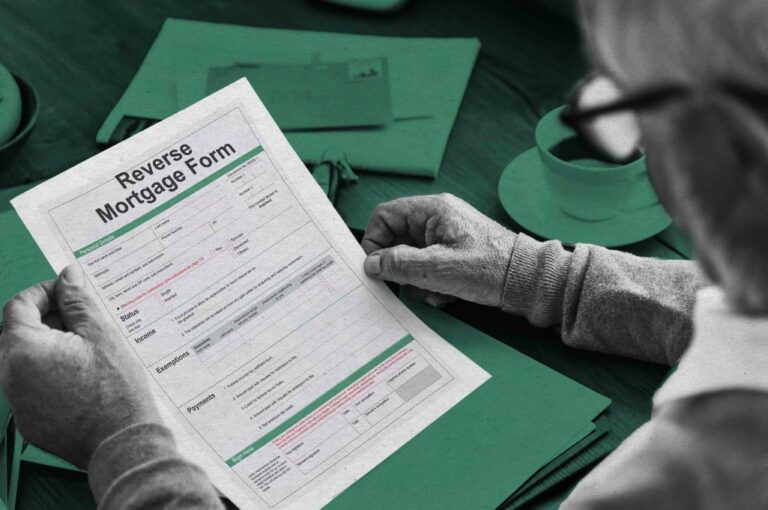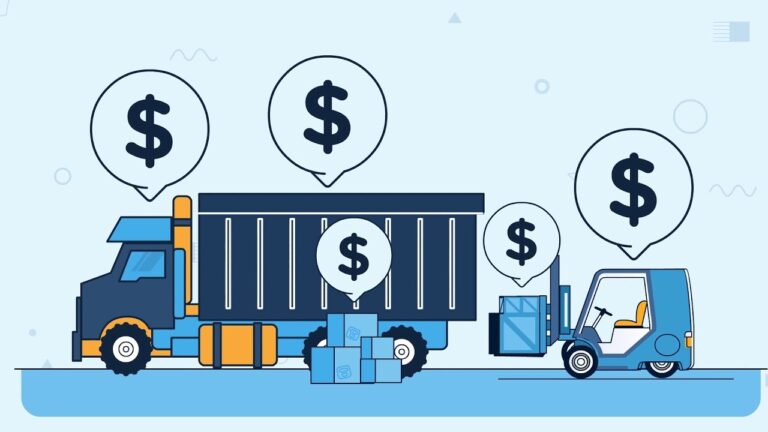Leasing a car is an increasingly popular option for drivers who prefer a hassle-free approach to getting a new vehicle. It’s a financial agreement where you pay to use a car for a predetermined period, typically 2-4 years. Unlike buying, leasing allows you to drive a newer model every few years without the long-term commitment of ownership. However, one of the key questions that often arises is: when leasing a car, is maintenance included? This article delves into the intricacies of car lease agreements, focusing on the maintenance aspect, to provide a clearer understanding for prospective and current lessees.
Deciphering the Lease Agreement

A car lease agreement is a legal document that outlines the terms and conditions between the lessee (you) and the lessor (the leasing company or dealership). It’s crucial to read and understand every clause, as this document dictates your responsibilities, including those related to vehicle maintenance. These agreements can vary, but they generally cover aspects such as lease duration, monthly payments, mileage limits, and maintenance obligations. Learn more about car lease agreement at https://www.leasemyvehicle.co.uk/.
Maintenance in Lease Contracts: The General Norm
Typically, in a car lease agreement, the responsibility for routine maintenance falls on the lessee. This includes oil changes, tire rotations, brake pad replacements, and other regular services outlined in the vehicle’s owner’s manual. However, this is not a universal rule, and some contracts may include certain maintenance services. It’s essential to carefully review the maintenance clause in your contract to understand what is covered and what isn’t.
Wear and Tear Policies
Lease agreements often include a “wear and tear” clause. This section defines what the lessor considers normal wear and tear versus excessive. Returning a car with excessive wear and tear can lead to additional charges. Understanding this clause helps you gauge the extent of maintenance and care needed to avoid end-of-lease penalties.
Manufacturer’s Warranty Coverage

Most leased vehicles are new and come with a manufacturer’s warranty. This warranty typically covers most major repairs that are not due to accidents or negligence. It’s important to know the extent of the warranty coverage and its duration, as it often aligns with the lease term.
Service Packages and Maintenance Plans
Some leasing companies offer service packages or maintenance plans as part of the lease agreement, often for an additional cost. These plans can cover routine maintenance and other services, providing peace of mind and convenience. It’s worth considering these options, especially if you prefer a more inclusive lease experience.
Understanding Maintenance Responsibilities
It is crucial for lessees to understand their maintenance responsibilities. Regular maintenance is not only important for keeping the vehicle in good condition but also for adhering to the lease agreement’s terms. Neglecting maintenance can lead to costly penalties at the end of the lease.
Dealing with Repairs and Damages
During the lease period, if the car requires repairs due to mechanical failure or other issues not related to normal usage, it’s important to understand how these are handled. Typically, repairs covered under the manufacturer’s warranty should be addressed without cost to you. However, for damages due to accidents or misuse, you might be responsible.
End-of-Lease Considerations

As the lease term concludes, be prepared for the vehicle inspection. The car will be examined for any damages or issues that exceed normal wear and tear. Any necessary repairs not covered under the maintenance clause or warranty will usually be your responsibility. This stage underscores the importance of adhering to maintenance requirements throughout the lease term.
Navigating Lease Extensions and Buyouts
In some cases, you might consider extending the lease or buying the car at the end of the term. These options come with their own sets of considerations regarding maintenance and repairs. Understanding how these options work and their implications on vehicle upkeep is important for making an informed decision.
Evaluating Additional Costs Beyond the Lease Payment
Understanding the full financial commitment of a car lease is crucial. Beyond the monthly payments, there are additional costs that lessees often overlook. These can include maintenance, insurance premiums, and potential end-of-lease fees. It’s essential to evaluate these costs to get a complete picture of the financial implications of leasing a vehicle.
Insurance Requirements in Leasing

Car lease agreements typically stipulate specific insurance requirements. These requirements often exceed standard coverage, necessitating comprehensive and collision insurance. Understanding these requirements is crucial as they directly impact your budget and protect you against significant financial loss in case of an accident.
Navigating Lease Negotiations and Terms
Entering a lease agreement is not just about signing a pre-drafted contract. There’s room for negotiation and customization of terms to better suit your needs. This includes discussions around mileage limits, maintenance responsibilities, and even monthly payments. Knowing how to navigate these negotiations can lead to a more favorable lease agreement and a better understanding of your responsibilities, including those related to maintenance.
Impact of Leasing on Future Vehicle Choices
Leasing a car can significantly influence your future vehicle choices and buying habits. Understanding how leasing affects your long-term automotive decisions is important. Factors like brand loyalty, vehicle type preferences, and the experience with your current lease can shape your approach to future leases or purchases.
Leveraging Lease-End Options for Maximum Benefit
As the end of your deal approaches, you are faced with several options: return the vehicle, buy it, or lease another car. Each choice has its own set of advantages and considerations, including financial implications and future maintenance responsibilities. Understanding how to leverage these options to your benefit is crucial for a smooth transition at the end of your lease term.
Summary
Leasing a car involves various responsibilities, with maintenance being a significant aspect. Every agreement is unique, and it’s imperative to thoroughly understand the terms regarding maintenance, repairs, and wear and tear. Being well-informed helps in maintaining the leased vehicle appropriately, ensuring a smooth and cost-effective leasing experience. Whether maintenance is included in your lease or not, staying proactive with car care is beneficial for both the vehicle’s condition and your wallet.







